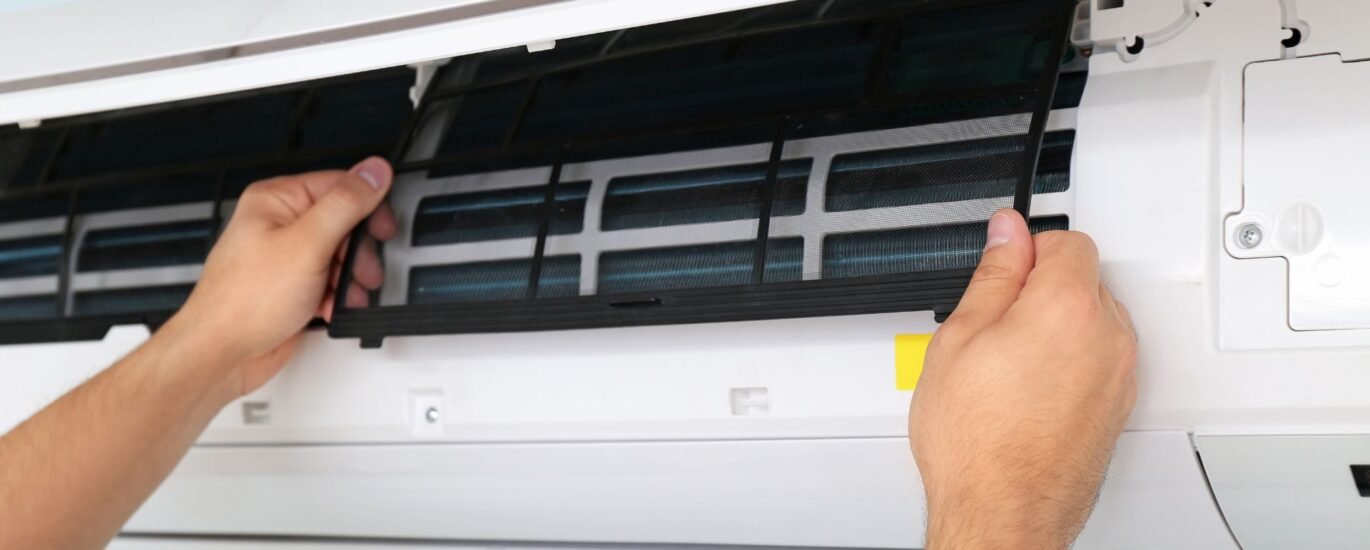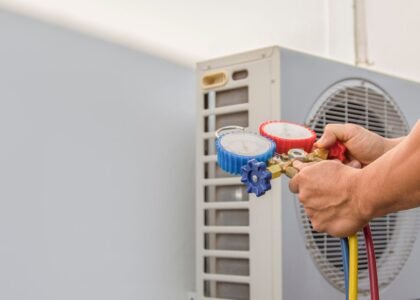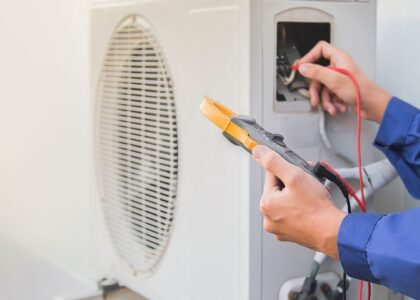Introduction
In the previous blog, we explored how to notice signs of a refrigerant leak early. Now, let’s dive into how professionals detect leaks — from electronic tools to pressure tests and dye. Learning how detection works gives you confidence in what you’re paying for and helps you ask the right questions. After detection, the third blog will cover repair steps and best practices.
Why Finding the Leak Spot Is Hard
- Refrigerant is invisible gas under typical conditions
- Leaks may be extremely small or intermittent
- Many system components are hidden, insulated, or enclosed
- The leak may not show oil residue immediately
Because of these challenges, professionals use several methods in combination to precisely locate leaks.
Main Detection Methods
Here are the primary ways HVAC technicians find refrigerant leaks:
1. Visual Inspection & Oil Tracing
Technicians start with a close inspection of all line sets, fittings, and joints. Leaks often carry tiny amounts of compressor oil to the surface, leaving residue. Tracing sites with visible oil is often a good starting point.
2. Electronic Leak Detectors
These are sensitive sensors tuned to “sniff” refrigerant gas in the air. The technician moves the detector probe along lines, fittings, and valves. When they approach a leak, the unit beeps or shows readings. This tool is effective for finding small leaks and hidden areas.
3. UV Dye Method
In this technique:
- A fluorescent dye is added to the refrigerant circuit
- The system runs for a period (sometimes a few days)
- At the leak point, dye escapes with gas
- A technician uses a UV light (plus yellow glasses) to spot the glowing dye
This method is useful for intermittent or hard-to-locate leaks.
4. Soap Bubble Test
For larger or more obvious suspected leaks, a technician may apply a soapy solution to joints, fittings, and suspected areas. If bubbles form, the escaping gas is displacing the solution — a clear visual confirmation.
5. Nitrogen Pressure or Pressure Decay Test
This involves:
- Evacuating the system of refrigerant
- Introducing dry nitrogen at moderate pressure
- Monitoring for pressure drops
- Scanning the system with electronic detectors while nitrogen is present
Because nitrogen molecules are smaller, they can help show even very fine leaks. A pressure drop indicates some leakage, guiding the detection.
Pros & Cons of Each Method
| Method | Best Use | Limitations |
|---|---|---|
| Visual & oil tracing | Quick first pass | Misses very small or hidden leaks |
| Electronic detectors | Sensitive, nonintrusive | Needs close proximity to leak source |
| UV dye | Good for intermittent leaks | Requires dye addition, some wait time |
| Bubble test | Simple and direct | Only works for larger leaks |
| Nitrogen pressure | Broad system check | Time consuming, requires evacuation and refill |
To be thorough, many technicians use multiple methods to confirm.
When Should You Ask for These Services?
When contacting professionals, ask:
- Will you use electronic detection or UV dye?
- Will you do a pressure or nitrogen test afterward?
- How will you verify the repair?
- After detecting, how will you move to repair and recharging?



